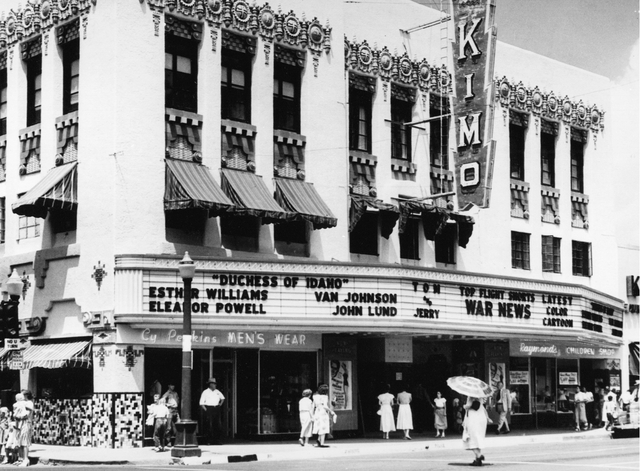Built in 1927 on the corner of Central Avenue and Fifth Street in Albuquerque, New Mexico, Kimo Theater was the dream of Italian-American businessman Oreste Bachechi and his wife Maria Franceschi Bachechi. Prior to the construction of KiMo Theater, Bachechi operated Pastime Theater with Joe Barnett under Bachechi Amusement Association. However, Bachechi had always sought to create his own theater.
Designed by Boller Brothers architecture firm, the Pueblo Deco (fusion of Art Deco and Pueblo Revival) architecture and Native American art motifs on the two-storey building’s exterior took months of research before a final design was presented to the Bachechi couple.
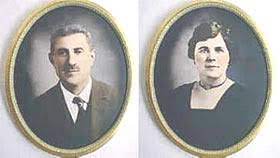
The name KiMo Theater was decided in a naming competition where the winner with the winning name would receive $50, today’s equivalent of $780. The competition, which stipulates that the name must have no more than six letters and must be an Indian name, received over 500 entries from across the state of New Mexico. Bachechi eventually decided on “KiMo” as the winning entry, as it contained the first letters of the main words in “King of Movies”. KiMo, which meant “mountain lion” in Tiwa words, was thought of by Isleta Pueblo Governor Pablo Abeita to reflect the magnificent building and the optimism of the time.
The $150,000 theater officially opened on September 19, 1927. However, just one year after the theater’s grand opening of the theater, Bachechi passed away. KiMo theater was succeeded by his sons, who went on to transform the theater into a multi-entertainment venue complete with restaurants, retail shops, and road show performances.
In 1935, Bachechi family merged KiMo theater with those under Joseph Barnett to form Albuquerque Exhibitors, one of the largest theater owners in the city. At its peak, Albuquerque Exhibitors had over 170 employees working across 10 theaters. During the 1950s and 1970s, KiMo Theaters was leased to several operators including Frontier Theater and Commonwealth Theaters.
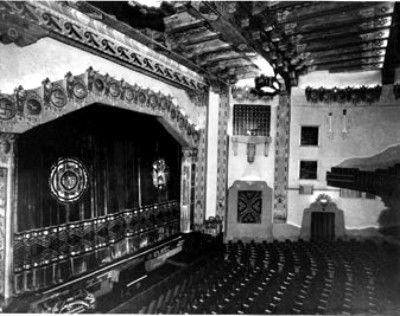
However, a large fire in the 1963 destroyed KiMo Theater iconic stage and much of the building, prompting the Bachechi family to demolish it. In 1977, the same year the theater was listed on the National Register of Historic Places, citizens of Albuquerque voted to purchase KiMo Theater at a steep discount. In return, the City of Albuquerque offered to fund the restoration of the landmark attraction. With the change of hands, local restoration experts (including architect Harvey Hoshour and Dan Pearson) were hired to restore KiMo Theater to its former glory.
Several rounds of renovation happened throughout the 1980s and 1990s. In 1999, a $2 million renovation project was conducted to restore the auditorium’s ceiling and replicate the elaborate designs of the proscenium arch. Modern touches such as electrical upgrades, new lighting and sound equipments, and handicapped-accessible seating were added to meet current building and safety codes.
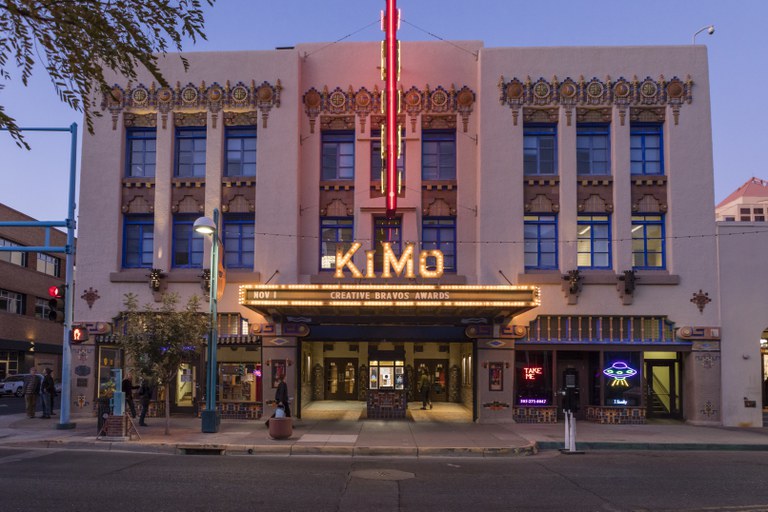
The latest restoration project happened in April 2020 when the venue was ordered to be shut down as part of the city’s COVID-19 safety measures. Several repair work and upgrades were done during the one year stoppage. This include the replacement of the glass windows which were shattered during the June 2020 George Floyd protest, installation of roll-up shutters, and replacement of the theater’s seven roofs.
At present, KiMo Theater is a modern performing arts center with a seating capacity of 700. Find out more about KiMo Theater and its upcoming events at the official website.
Hauntings at KiMo Theater
The hauntings at KiMo Theater can be traced back to a freak accident that happened in the late afternoon on August 2, 1951. Back then, hundreds of moviegoers were in KiMo Theater to catch the latest films. Without warning, a water heater located at the theater’s lobby exploded, sending scalding hot steam and plaster into the air. A total of eight people where injured in the accident, including the death of six-year-old Bobby Darnall; Bobby was leaving the theatre balcony and enter the lobby when the explosion threw him into the wall, crushing his face and killing him instantly.
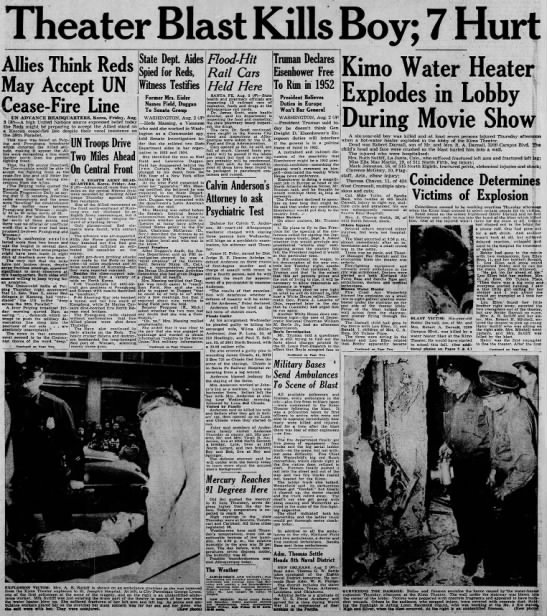
Since then, the theater is said to be haunted by the ghost of Bobby. Performers and staff of Kimo Theater have all reported strange and unexplainable activities happening in the theater. In particular, donuts placed in the backstage for performers would often go missing. To “appease” the spirit of Bobby, an alter was erected beneath the stairs to the dressing rooms. Toys, sweets and donuts would be placed before every major performance to ensure the success of each show; those who didn’t would face a disastrous performance.
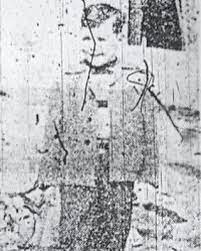
KiMo Theater’s technical manager Dennis Potter recounted an incident in December 1986 when the donuts were removed by Andrew Shea, director of “A Christmas Carol”, just minutes before the first show. It did not take long before disaster occurred. Electric cables fell, lights exploded, doors on the set opened without warning, and performers forgotten their lines. After the end of the disastrous show, the donuts were promptly replaced and the next show went off without a hiccup. However, an interview with Andrew contradicted the Potter’s story, with the former claiming that the donuts were never removed or replaced.
Apart from the unexplainable disruptions, staffs working at KiMo Theater have also reported seeing the apparition of Bobby. Dressed in a striped shirt and blue pants, the ghost of Bobby is often seen loitering on the lobby staircase, looking for the next victim of his harmless pranks.
Swastika Symbols in KiMo Theater
Many who have visited KiMo Theater would have chanced upon the swastika symbols and associated it with the Nazi. However, up till the 1930s, Swastika had a positive connotation, and is associated with good luck and prosperity. Swastika’s auspicious meaning soon found its way during the construction of KiMo Theater in 1927, years before it was adopted by Adolf Hitler as the emblem of the Aryan Race and incorporated into the flag of the National Socialist German Workers’ Party (NSDAP)
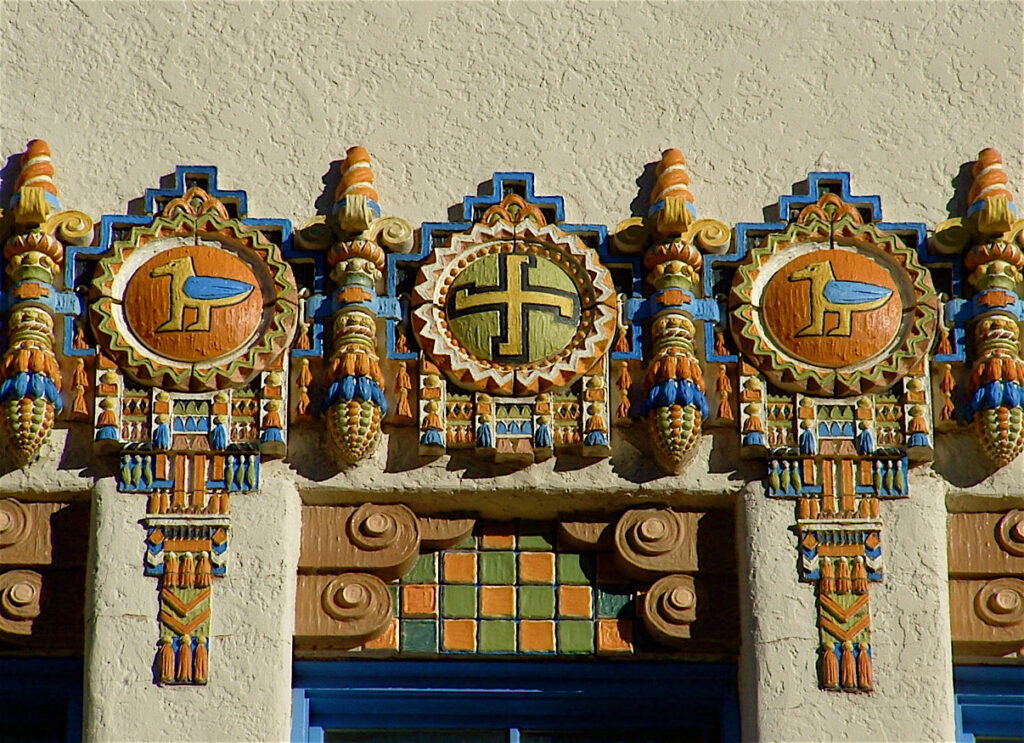
The history of Swastika symbol dates back over 6000 years ago to rock paintings. While it is generally agreed among historians that the word originated in India from the term swastika, which in Sanskrit language meant “to be good”, the symbol was widely adopted among religions such as Buddhism and ethnic groups including the Native American tribes.
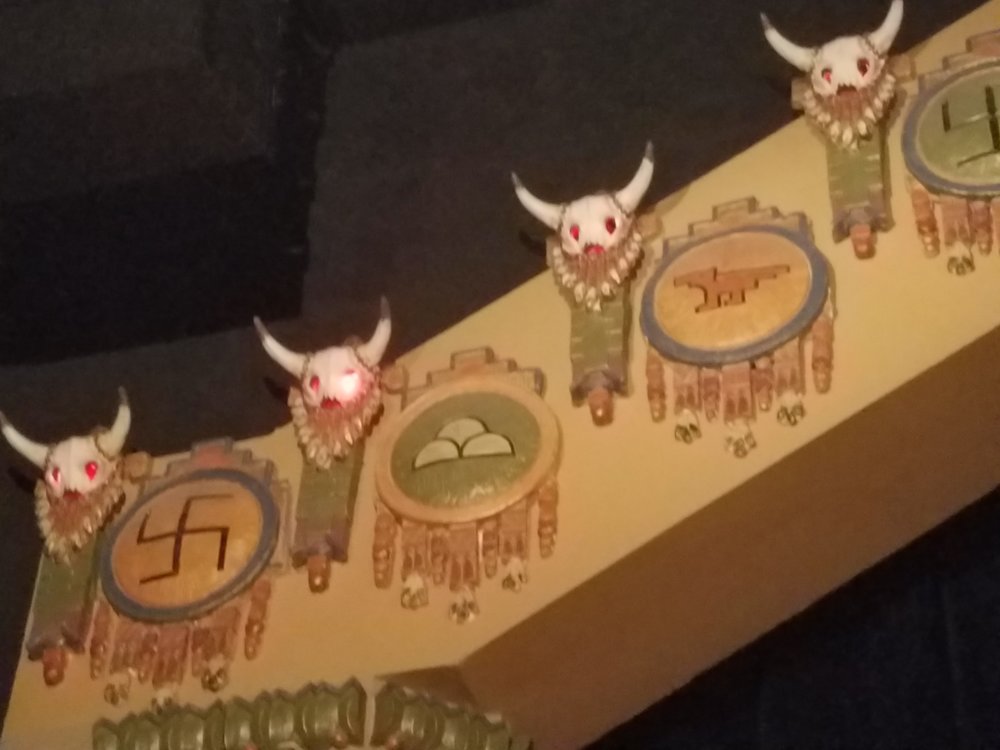
Today, the Swastika symbols have been preserved at KiMo Theater not for their association with Nazism, but for its original meaning of life and prosperity, as well as cultural significance to the Native American tribes.

